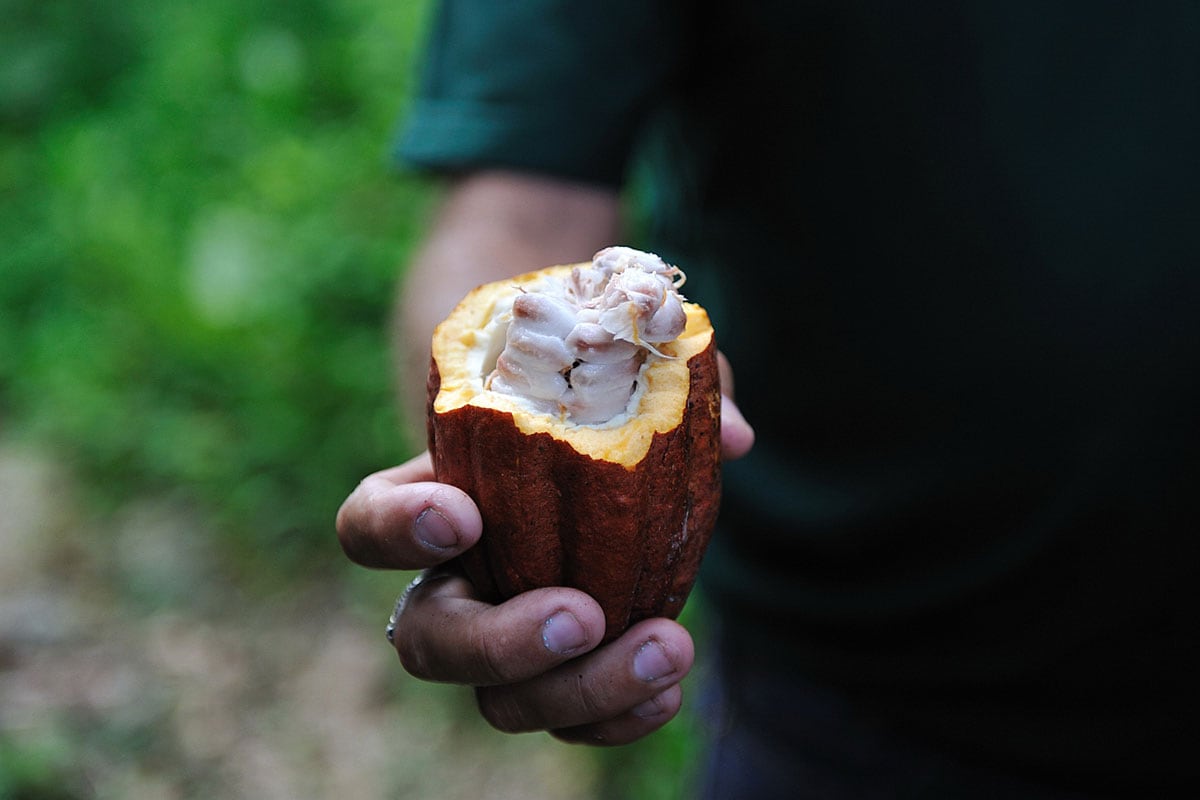
First the bad news. We’re not in great shape. Our diets are making us sicker. Obesity levels are increasing, weight-related health conditions such as hypertension, cardiovascular disease, and hypertension, are common. Many of these conditions could quite easily be avoided, by making changes to our diets.
Superfoods are increasingly popular and are often used to address the health concerns people have with processed foods. The Peruvian superfoods market is growing at a fast pace and has huge potential for further growth in the near future. Farmers benefit from one of the world’s most diverse ecologies and rich soil. Conscientious food producers now regularly use these life-giving nuts, fruits, and vegetables as ingredients in snacks, beverages and even condiments.
We believe Peruvian superfoods are a great addition to your diet. They have the potential to make you feel better and improve your quality of life. That’s quite a promise from such small packages!
Keep reading to get an understanding as to what makes these natural ingredients so uniquely beneficial for your health. Find out why Peruvians are taking pride in their native superfoods and are trying to promote a healthy lifestyle based on nutritional facts, beyond the modern fads.
So what makes these vegetables, fruits, tubers, and other typical Peruvian foods so healthy? Quite a lot of things, it turns out. Here’s a look at some of the healthiest and most popular Peruvian superfoods and what they can do for you.
Quinoa
We’ll begin with a look at a small grain that has been grabbing a lot of attention lately, for all of the right reasons. Quinoa, which by the way, is pronounced Keen-wah, is a Peruvian superfood which has been consumed for literally thousands upon thousands of years, by the ancient Incas.
In actual fact, ancient Incas considered Quinoa more valuable than pure gold, yep, due to the fact that they believed it helped to boost the stamina of their warriors, which in turn would make them better soldiers.
Nowadays, however, Quinoa is consumed for reasons other than making us into better soldiers, though it does improve the stamina, there’s no denying that.
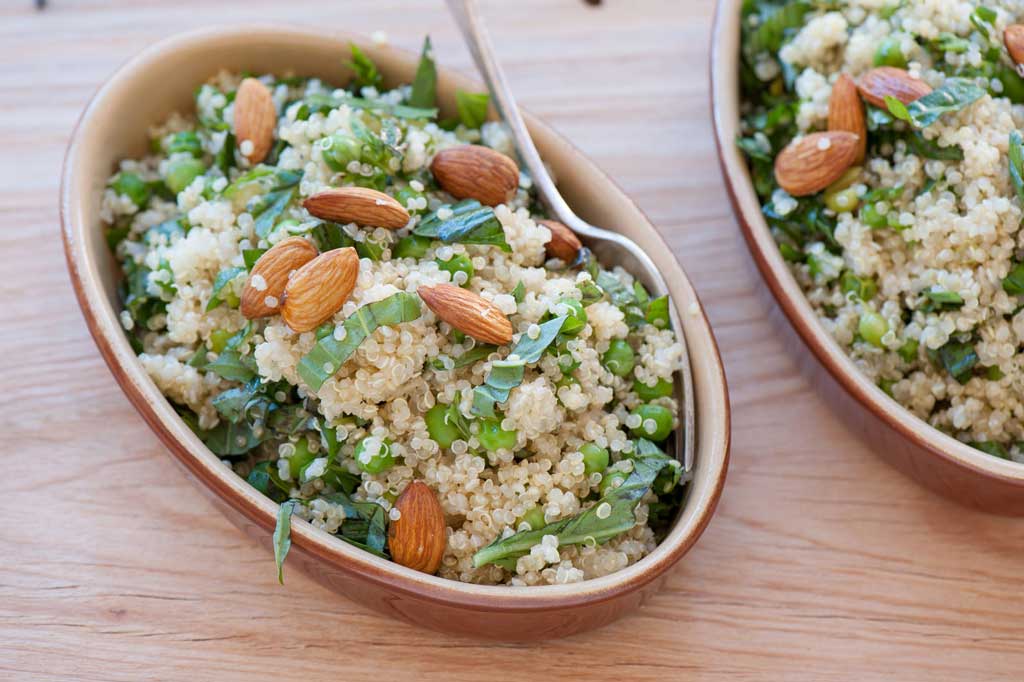
Quinoa is a fluffy grain that is similar to couscous. It is a fantastic source of plant-based protein and in fact, is the only plant-based protein to contain all nine essential amino acids. And quinoa’s fatty acids tend to resist boiling so more of the nutrients remain in the cooked version.
What’s more, Quinoa has a high fiber content, which helps to reduce LDL cholesterol levels. It also helps to improve satiety after consumption, so we feel full for longer. The grain is packed full of vitamins and minerals, which help to enhance immunity and boost circulation. And it’s naturally gluten-free so can be part of any healthy diet.
Finally, for all the chefs out there, it is also a very versatile whole food, so it can be consumed in a number of ways, including tasty puddings. Try this famous Peruvian food in a quinoa and roasted sweet potato salad, a hearty Peruvian quinoa soup, or a pork & quinoa soup.
Kiwicha
What on earth is kiwicha and why haven’t we heard of it before? Kiwicha is often referred to as amaranth, or even as mini quinoa and is another wonderful superfood, this time in seed form.
This small cereal-like seed is renowned for its extremely impressive nutritional profile, and it has been farmed in and around Peru, for more than 4000 years. Kiwicha grains are high in protein, and rich in dietary fiber, which helps to lower LDL cholesterol levels and to promote optimal cardiovascular health and well-being.
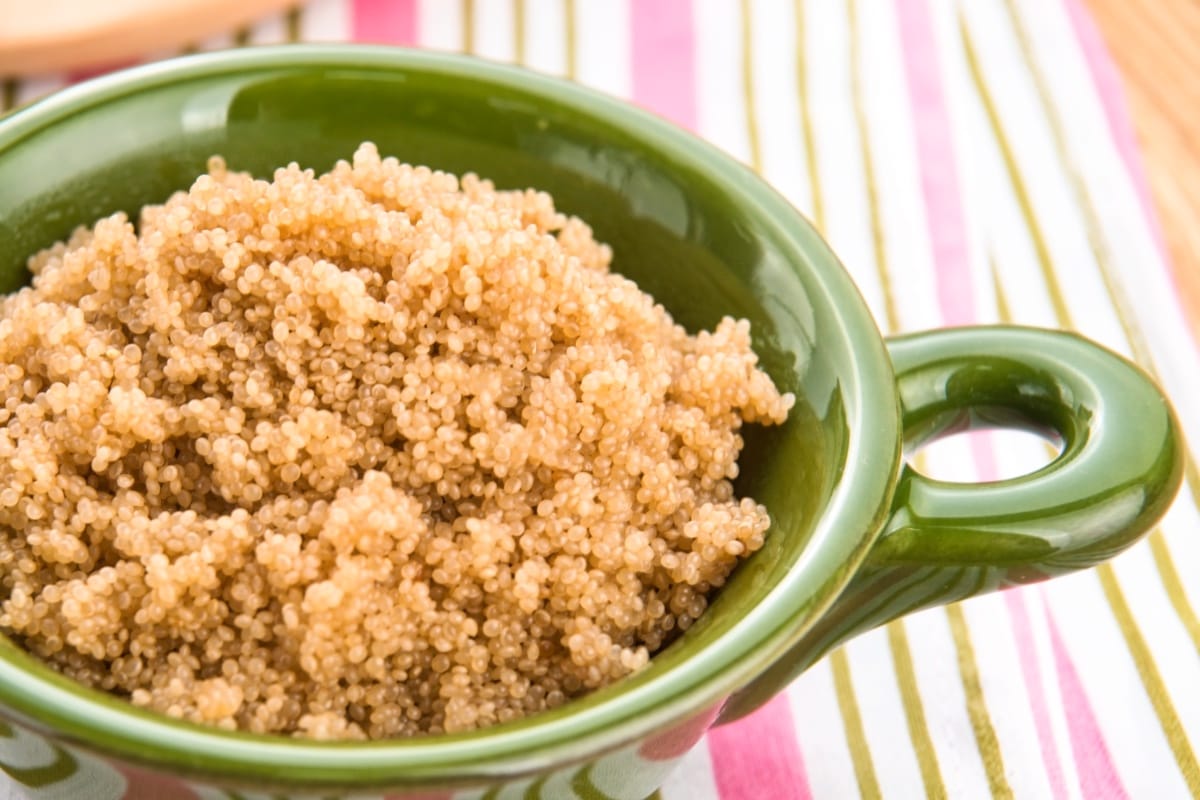
One cup of Kiwicha will provide around 15 – 20% of your recommended daily intake for dietary fiber, and at 251 calories per cup, it is also a great source of slow-release energy. Kiwicha is also full of vitamins and minerals, especially B vitamins such as B6 and B9.
These vitamins help to boost metabolism and increase your energy levels, plus they help to support red blood cell health. In terms of general well-being, however, these vitamins, especially vitamin B9, help the body to naturally synthesize nucleic acids, which are used to produce DNA.
Camu Camu
Camu Camu is a South American superfruit that is taking the health and fitness communities by storm, and for very good reason. Camu Camu isn’t a standard fruit, and it certainly isn’t something you can grow yourself.
Camu Camu thrives in the wilderness, particularly out in heavily flooded parts of the Peruvian Amazon rainforest, as well as other South American countries.
In some parts of the world, Camu Camu fruits and leaves are used for medicinal purposes, though in most parts of the world, the fruit is simply used to promote health and well-being.
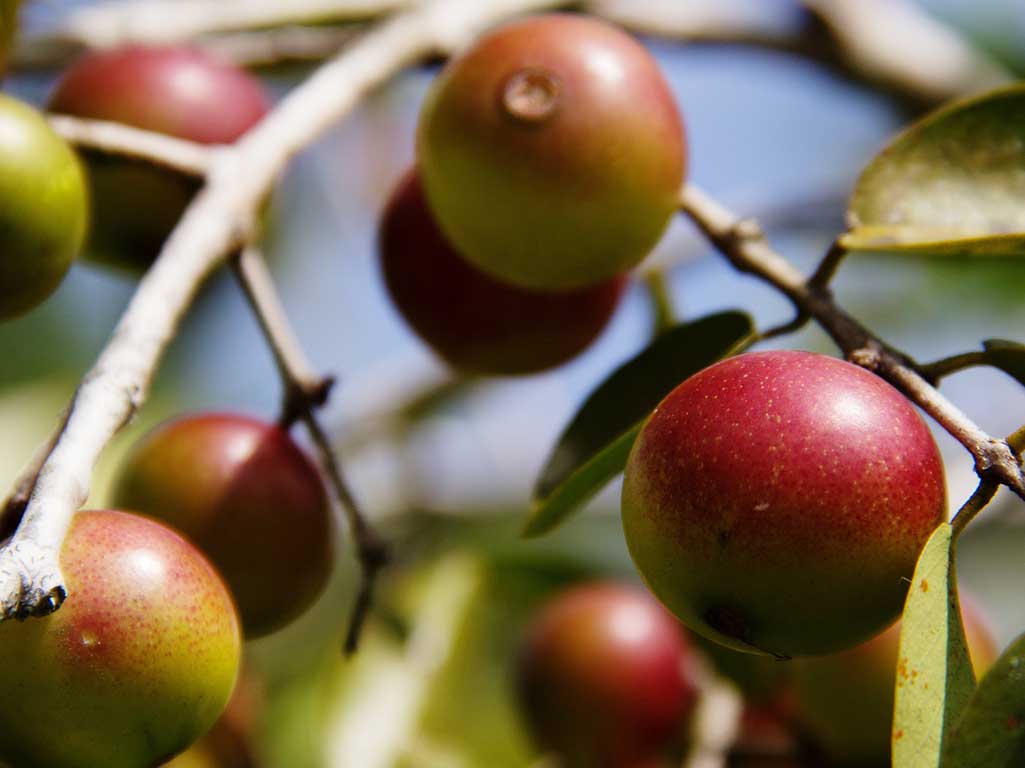
Camu Camu fruit is light orange in colour, and is roughly the same size as an average lemon. But the fruit contains high amounts of vitamin C, so much so in fact, that it makes oranges look relatively average. Per serving, Camu Camu contains 60 times more natural vitamin C than oranges – this vitamin C content can help boost your immune system. If you consume Camu Camu in powder form, just one teaspoon would provide nearly 1200% of your recommended minimum daily intake of vitamin C.
The health benefits don’t stop there, however, as Camu Camu is also a great source of the amino acids Valine and Leucine, which help to promote protein synthesis. Both of these are essential amino acids, meaning the body requires them, but cannot produce them naturally, so it must get them in dietary and supplement form.
Camu Camu is stocked to the gills full of antioxidants and certainly should be added to your list of super foods to enjoy and benefit from.
Lucuma
Now we arrive at one of my favorites, Lucuma. This creamy nectar of the gods is another Peruvian fruit that definitely fits in the native Peruvian Superfoods category. Lucuma was a firm favourite of the Incas, and it too is renowned for its delicious taste, and its numerous health properties.
Lucuma is packed full of beta carotene, which helps to give it its distinct orange colour. At first glance, you could be forgiven for mistaking Lucuma for a smooth avocado, as from the outside, the two are almost identical.
Once you see the orange flesh however, telling them apart is a piece of cake. Lucuma is described as tasting like a cross between maple, sweet potato, and caramel, so as you can imagine, it is very sweet tasting.
In particular, lucuma is great for people lacking trace elements, as it contains 14 essential trace elements, including sodium, potassium, magnesium, and calcium. Per 100 grams of the fruit, Lucuma provides more than 92mg of calcium, so it is ideal for those looking to keep their teeth and bones healthy and strong.
And there’s more, lucuma also possesses a number of anti-inflammatory properties, which help to assist with pain management, with wound healing, and with the prevention of aging on the skin. Looking for an anti-ageing detox? Eat this fruit to keep your skin glowing and feel happy at the same time.
This fruit is a very popular ingredient in desserts and lucuma ice cream is absolutely delicious. Don’t miss the opportunity to try it.
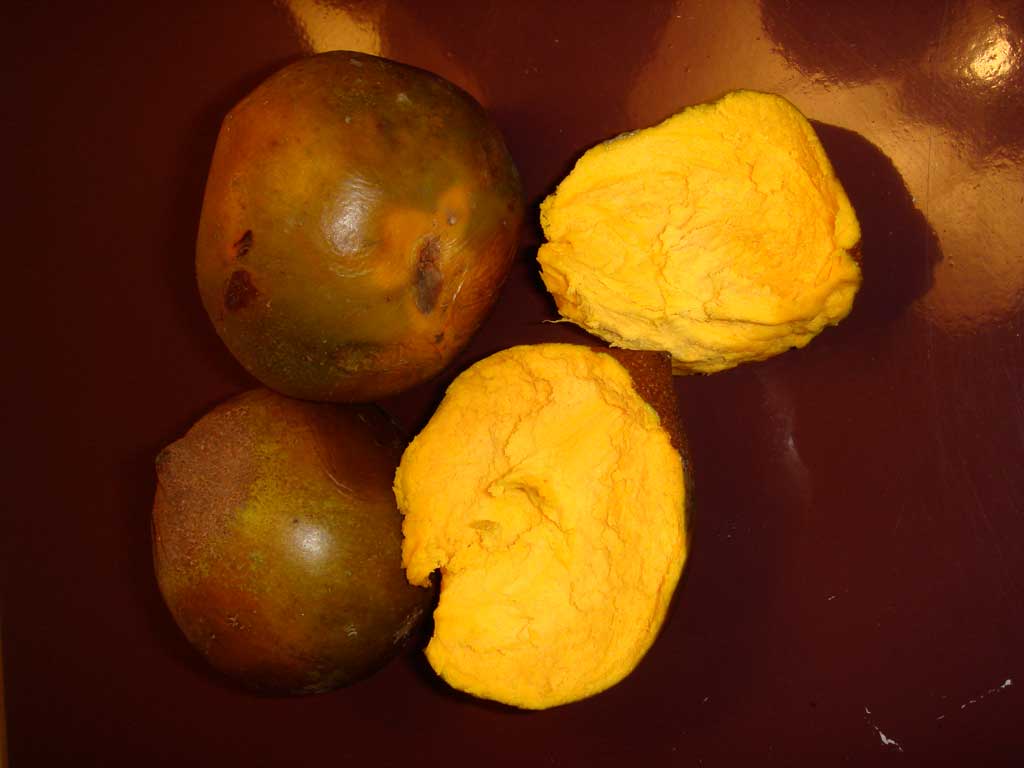
Maca
This superfood is a tuber that is actually very similar to the average household potato, at least, it is in appearance.
Maca, a root vegetable, belongs to the same family as Broccoli, radish, and watercress, making it technically a cruciferous vegetable. Grown in high altitudes, in the Andes, the root is considered to be one of the healthiest natural ingredients in the entire world.
Plant extract has been found to help to restore hormone balances in men and women, and in men, maca has been found to enhance testosterone production, which enhances libido, strength, energy levels, athletic ability, and more besides. There is even evidence to suggest that extract can enhance sperm production, volume, and mobility.
The benefits don’t stop there however, as Maca also has been proven to help reduce and prevent migraines and painful headaches. This is down to the fact that this superfood helps to balance hormone levels, which when fluctuating, can often trigger migraines and painful headaches. There is some evidence to suggest that maca can help with depression and can lower blood pressure.
The root is also full of vitamins and minerals, making it great for boosting the immune system, and moreover, it even helps to regulate blood glucose levels, making it very healthy and beneficial for the pancreas and for people suffering from diabetes.
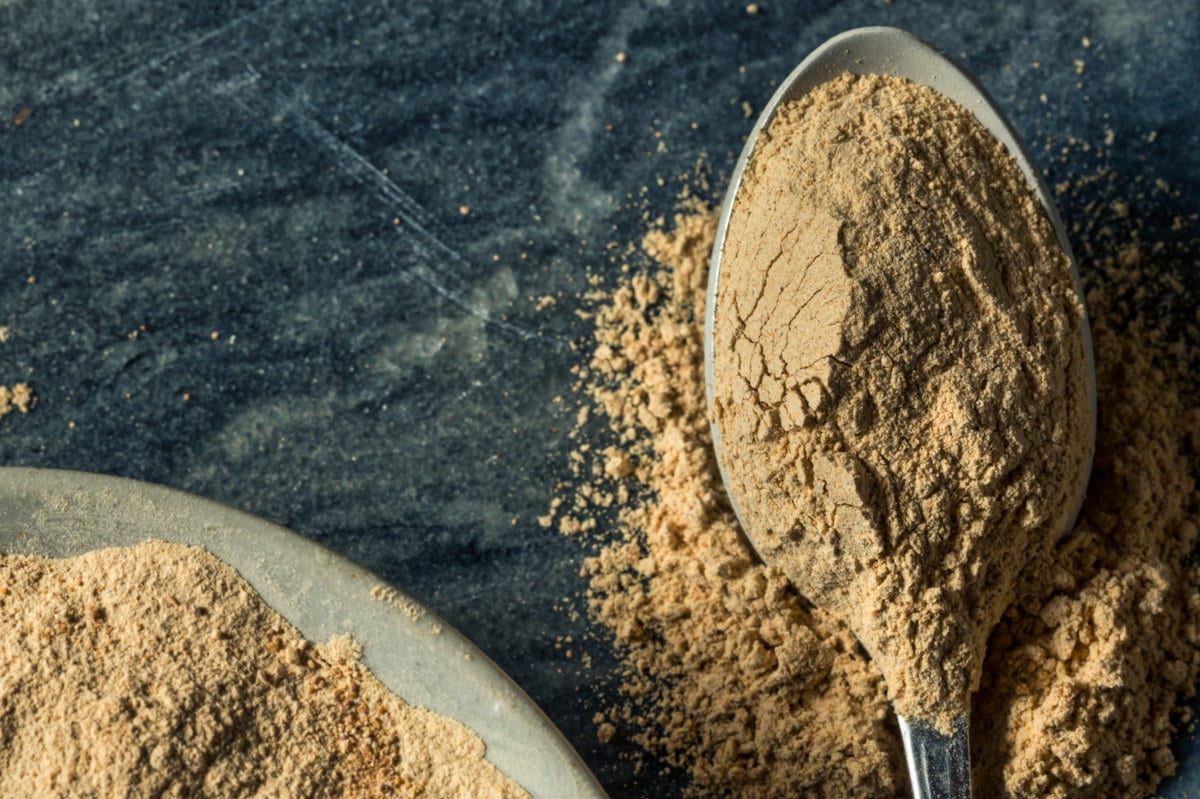
Purple Corn
This type of corn that has baffled scientists for years, due to its colour. No prizes for guessing what colour purple corn is, as of course it is, yep, purple in colour, and it looks very impressive when you see it in person. Corn has been used as part of ancient Peruvian cultures for thousands upon thousands of years.
Only recently was it discovered that the reason this corn turned purple, was due to its natural anthocyanin contents, which is the pigment responsible for giving the corn its deep purple colour.
Purple corn is rich in powerful antioxidants which help to rid the body of toxins and help to eradicate free-radicals from the body, which, if left to their own devices, could potentially attack our cells and cause them to mutate into cancerous cells.
The anthocyanin found in the corn also helps to boost the glandular system of the human body, helping to strengthen the pancreas so that it is able to secrete optimal amounts of insulin when required.
As if that wasn’t enough, the antioxidants and anthocyanin also help to strengthen blood vessels and boost circulation, helping to prevent hypertension and cardiovascular issues. Purple corn is the primary ingredient in chicha morada, a popular drink.
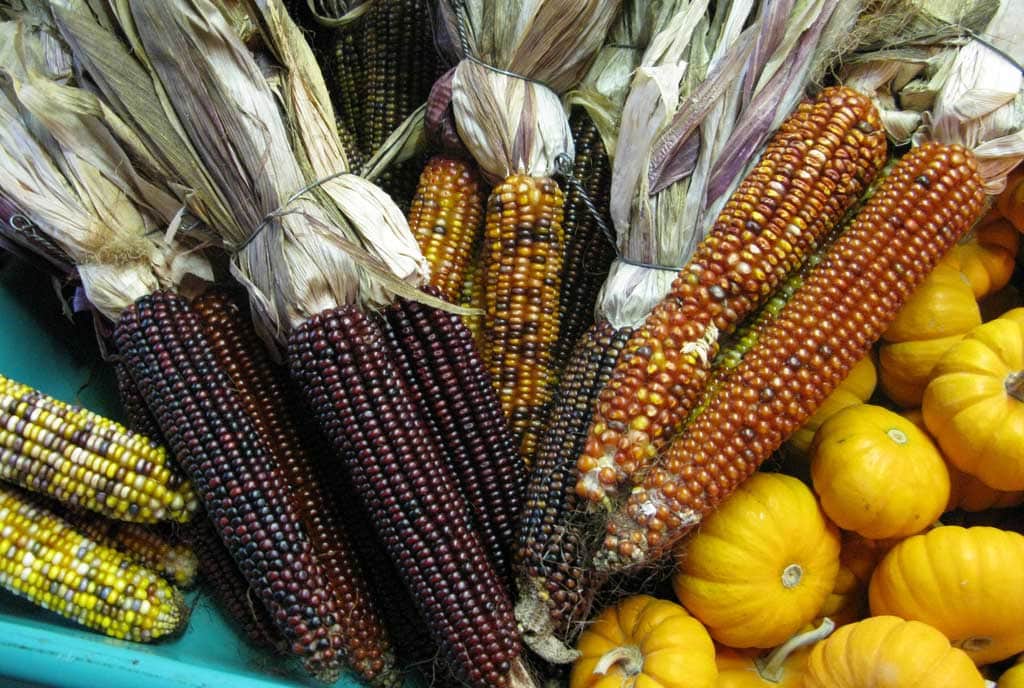
Yacon
Yacon is located primarily within South America, and it is a large perennial plant which is grown mainly for its roots, which are where many of Yacon’s natural health properties originate from. Yacon has been grown and consumed as a vegetable for a number of centuries. This
Yacon root can also be consumed raw, where it is very similar in texture, to a normal potato. Yacon roots contain a naturally sweet syrup that is thought to provide many health benefits for the human body. In particular, Yacon syrup is beneficial for weight loss and weight management, as a small serving of the syrup after a meal, has been proven to increase satiety levels, keeping people feeling full for longer.
The fuller they feel, the less they consume, so the less weight they will store as a result. What’s more, Yacon syrup can also function as a natural laxative, making it useful for people suffering from constipation.
Yacon root tubers however, although being rich in carbohydrates, are still very low in calories. The root is also a great source of trace minerals and vitamins. Yacon contains natural compounds, including fructooligosaccharides, which prevent the body from absorbing simple sugar sources. It also reduces the amounts of glucose produced in the liver, making it a very, very beneficial ingredient for people with diabetes, or with pre-diabetic symptoms.
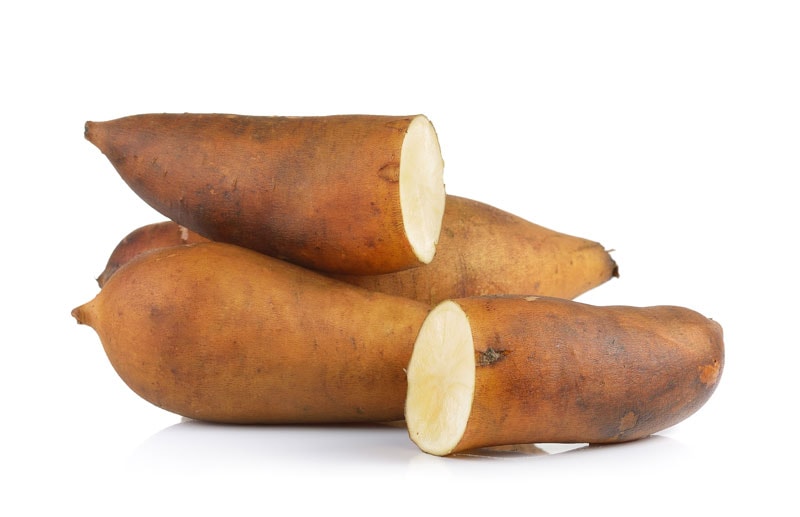
Cacao
Finally, last on our list, we have Cacao. Though not exclusive to Peru, Cacao is still consumed in the region, and indeed, in many other regions of South America, and it is considered to be one of the healthiest and tastiest natural ingredients in the entire world. And indeed, this incredible superfood is consumed around the world in thousands of different products, It is also one of the most powerful superfoods.
The cacao bean look very, very similar to regular coffee beans, though they taste very different. Cacao is used during chocolate-making processes and is one of the most nutrient-dense beans in the entire world.
The beans contain a mood-enhancing compound known as anandamide, which scientists often call the ‘bliss molecule’ as it can create feelings of happiness and euphoria. It also helps enhance serotonin, dopamine, and endorphin productions as well, which is why we often feel so happy and relaxed when we eat chocolate.
Cacao contains PEA, or Phenethylamine, which also stimulates the release of endorphins into the human body, which can also enhance the libido, and can improve our sex drives.
It is, however, the natural antioxidant content located within the beans, that experts have been the most impressed with. Cacao is rich in flavanols, which are antioxidants which help to protect the heart and help to provide anti-inflammatory benefits to the human body. Other antioxidants in the plant cells are known as polyphenols, which help to protect against free-radical damage, and they help to strengthen the arteries and prevent them from becoming damaged.
The antioxidants found within Cacao can even lower LDL cholesterol levels and can increase HDL cholesterol levels. LDL cholesterol is the dangerous cholesterol which coats the arteries with fatty deposits and can cause heart disease and heart attacks, whereas HDL cholesterol is the cholesterol which is healthy and beneficial, and actually works by lowering LDL cholesterol.
The antioxidants in this true superfood have also been found to promote healthy skin and hair. And there’s some evidence to show that, despite the beans association with sugary chocolate, cacao may help to regulate blood sugar levels.
Armed with that knowledge why not try a cacao-infused lucuma smoothie for beautiful skin and a happy mood? Try our Peruvian Hot Chocolate recipe or read more about chocolate in Peru.
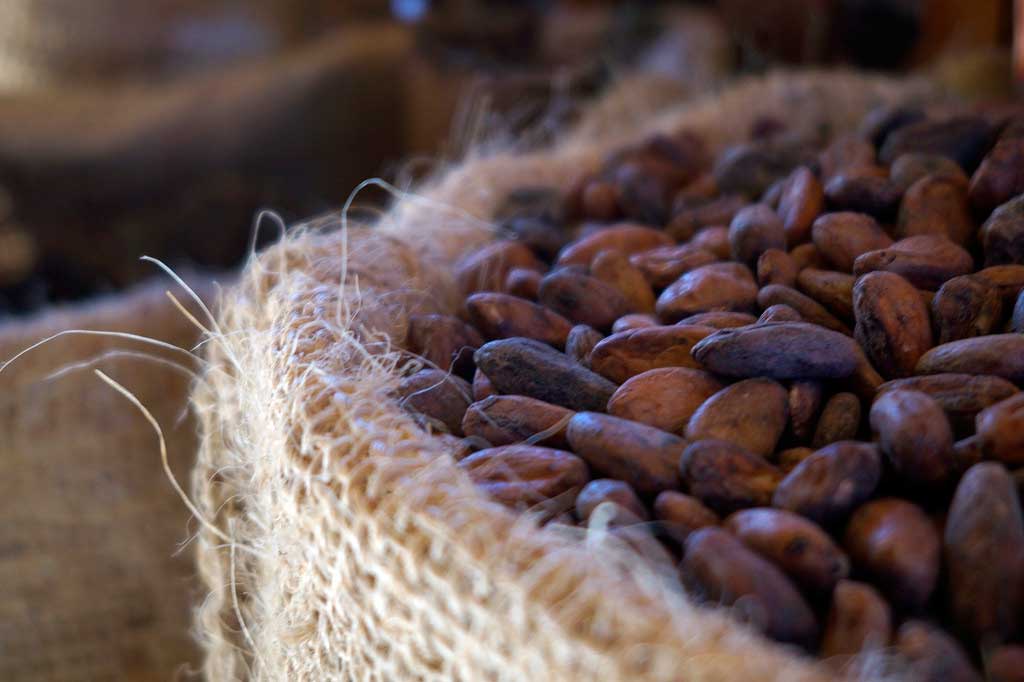
Goldenberry / Pichuberry
Also known as the Inca berry or aguaymanto, this native Peruvian fruit is often marketed as “Pichuberry” to associate its supposed origins in the famous Machu Picchu.
It can be eaten on its own (after removing the outer wrapping, called the calyx, which is essentially a protectant against insects), or added to fruit salads and other desserts.
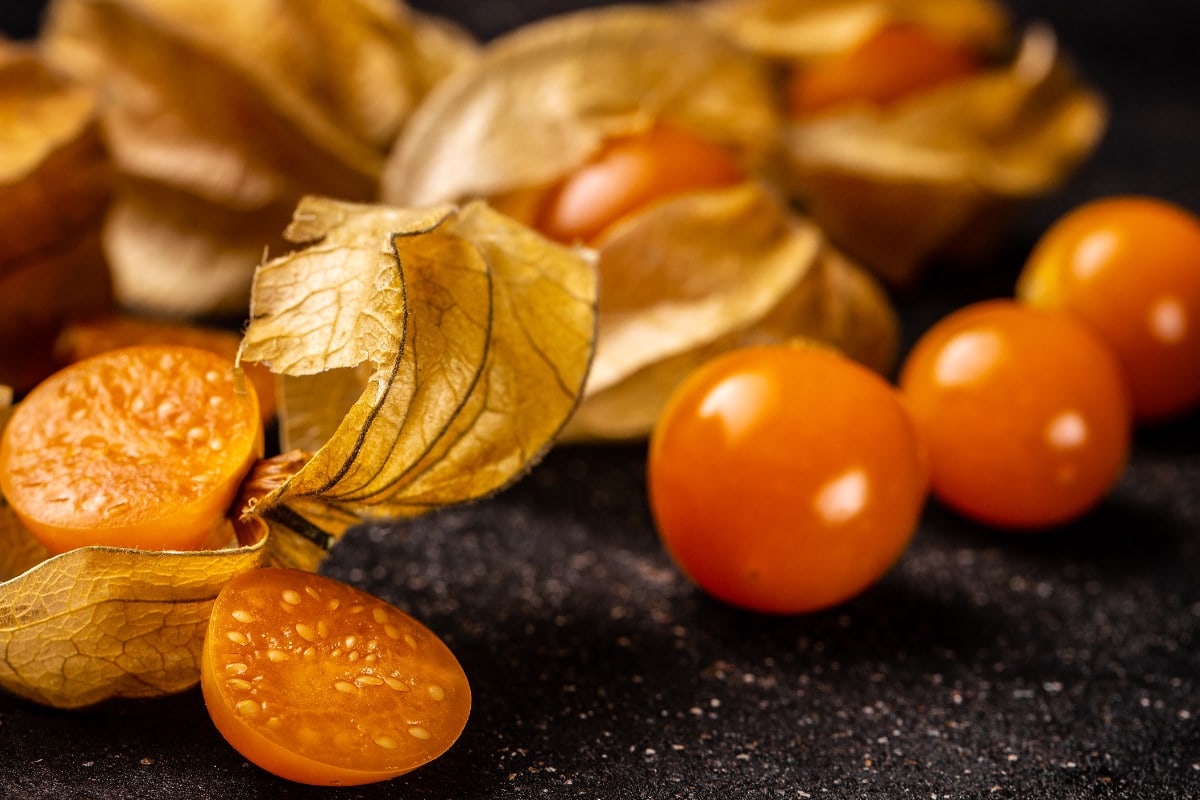
A 100-gram serving of the Pichuberry is relatively low in calories, and contains a good amount of vitamins A, C, B1 and B3. Studies indicate anti-inflammatory and antioxidant components, as well as evidence for preventing the growth of cancerous cells in lungs and fighting against diabetes and hypertension.
They’re also delicious and work really well in desserts and muffins
Sacha Inchi
Also known as an “Inca peanut,” this tiny seed has been used for over 3000 years by indigenous people in the Amazon rainforest of South America, particularly in Peru. However, it has only recently been promoted to the to the superfoods category.
The sacha inchi seeds or nuts contain significant levels of omega 3 and 6, vitamin E, and vitamin A.
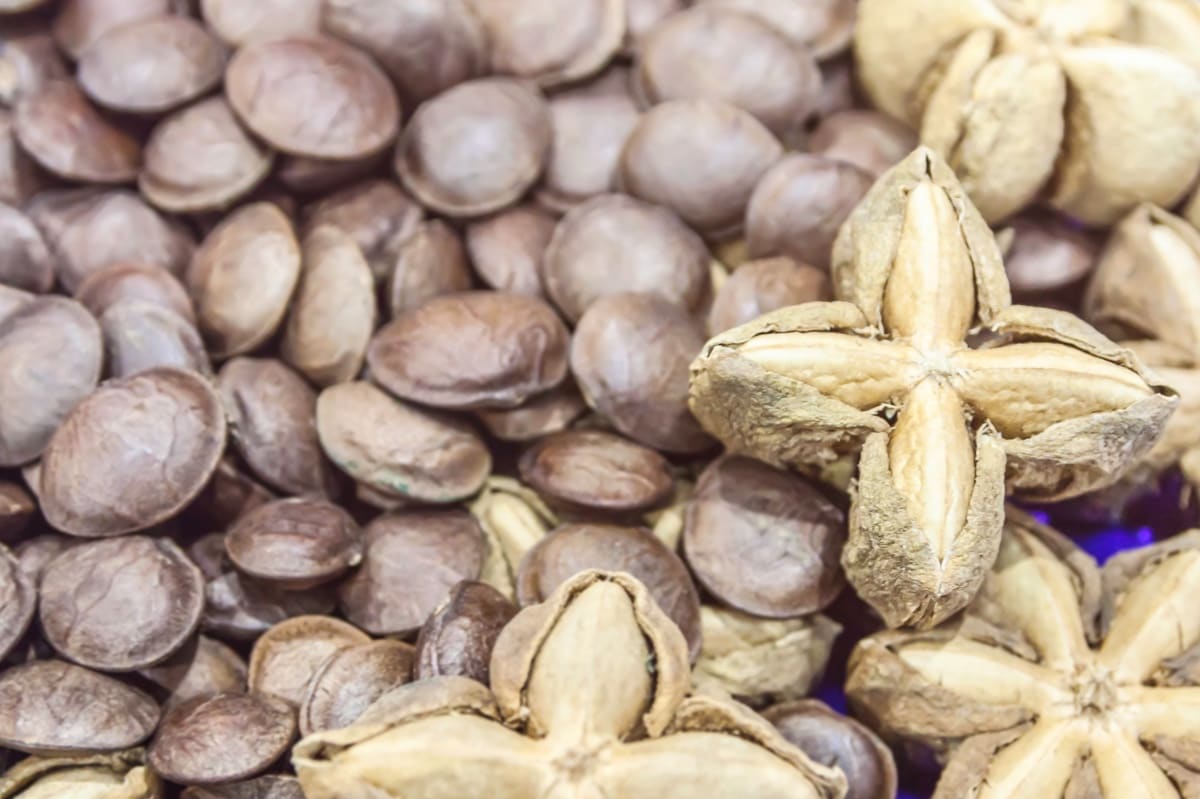
Studies of the Inca peanut are still small in number but these initial tests have shown very promising results. Potential benefits include lowering and raising LDL and HDL cholesterol, increasing serotonin (proven to elevate good spirits and reduce stress and anxiety), and helping maintain regular bodyweight due to the component tryptophan, which produces a satiated feeling. Other aspects including enhanced brain health (to reduce depression, fatigue, memory problems, etc), improved vision, and joint health.
A study from 2019 in the International Journal of Food Properties found that the nutritional value of important essential fatty acids found in sacha inchi varies depending on the method of cooking. Roasting is much better than boiling, for example, for preserving these nutritional qualities.
Wrapping up
We should be consuming far more fresh and healthy produce on a daily basis. Sadly, the average human being doesn’t, and the human race is paying the price as a result. Superfoods can help mitigate some of the effects of a bad diet. Many of these powerful foods actually originated in Peru and are (or were a large) part of the average Peruvian diet. Not only is Peruvian cuisine now very popular but, as it turns out, it is also healthy.
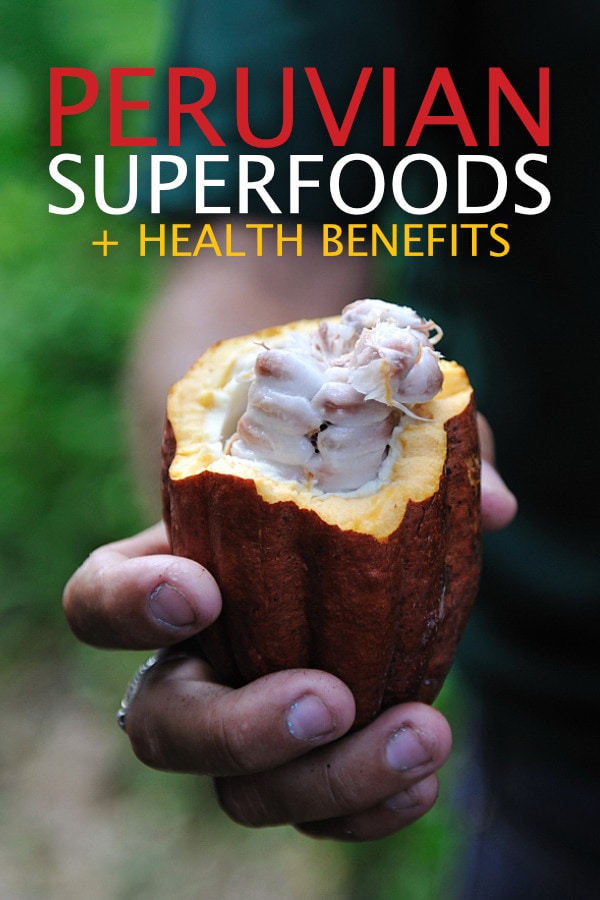
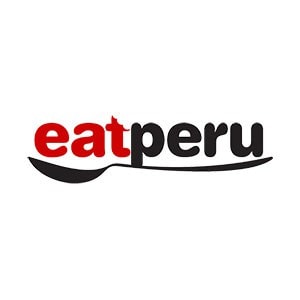
Peruvian foodie. I’ve been writing about the food of Peru for over 10 years. Read more about the Eat Peru team here
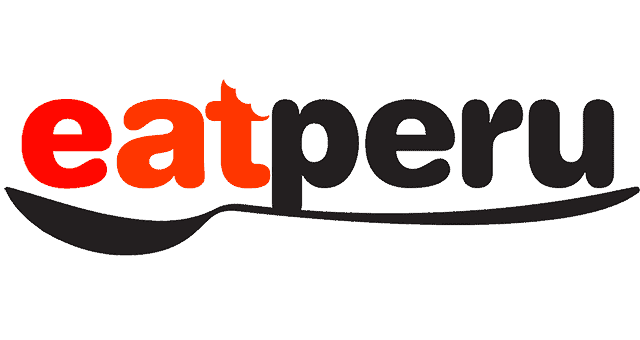

Andrea
What about Pichuberry?
EatPeru
Hi Andrea,
Sign up for our mailing list and we’ll send you our essential guide to Peruvian Superfoods which includes Pichuberry!
Camila
Great article! Thanks so much for sharing!
Jo long
hi my friend and I are travelling to Peru on the 7th Jan for 4 weeks
we both follow a healthy diet …I have few allergys and take a lot of herbs and plants
I am a vegetarian and can.not wait to try new foods
I take raw cacao everyday with coconut milk for health and spirituality.
if there is any advice you could give me .. I can not eat too spicy as I had mouth cancer my mouth is really sensitive so anything to avoid would be really helpful.
thank you
Eat Peru
Hi Jo,
Peru is a country rich in culinary delights, and even with dietary restrictions, you’ll find many delicious options to enjoy.
Look for quinoa salad or any quinoa-based dish but the salad is not spicy. Quinoa is a staple grain in Peru and is considered quite nutritious)
Many dishes come with aji sauce on the side. Ask for them separately, and dip cautiously. Get the flavor without the fire.
Stay hydrated with Peru’s refreshing drinks made with local fruits like passionfruit and lucuma.
I love papa a la huancaína (Boiled potatoes in a spicy, creamy sauce) but you can request it to be less spicy. (as for “sin picante” for any dishes that you would like without hot spices. It’s not always possible but it’s worth a try.
Peru is a producer of some of the world’s finest cacao. You’ll likely find high-quality raw cacao to continue your daily routine.
Tacu tacu is a traditional Afro-Peruvian dish typically made by mixing rice and beans into a thick pancake and frying it.
Locro de zapallo is a hearty squash stew that often includes potatoes, corn, and cheese. It’s a warm, comforting dish, perfect for cooler day
Ocopa is boiled potatoes covered in a creamy, aromatic sauce made from the huacatay herb, peanuts, and crackers. It’s typically served cold.
Causa is a layered potato dish that can be made without meat.
Solterito is a refreshing salad made from broad beans, onions, olives, tomatoes, cheese, and corn. It’s dressed in a simple lime and olive oil vinaigrette. Ask for it to be prepared without the peppers.
Stick to bottled water to avoid any potential stomach issues.
Carry a card or have some text on the phone explaining your dietary requirements.